The basics of physics to the anesthesiologist. D-R
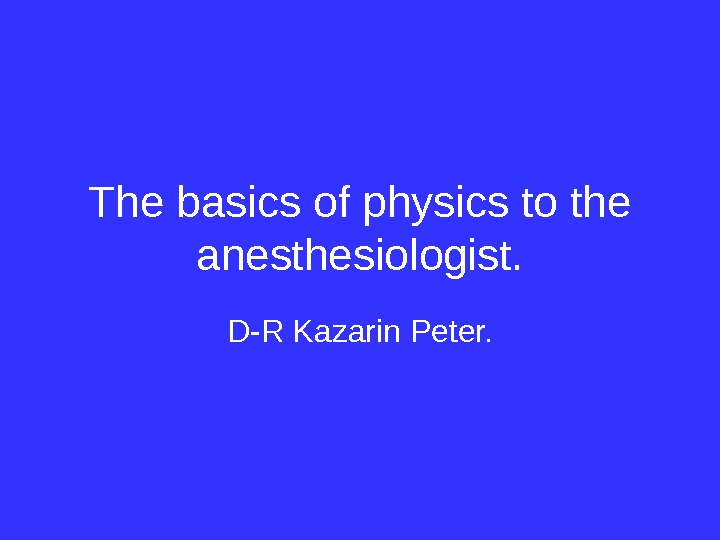
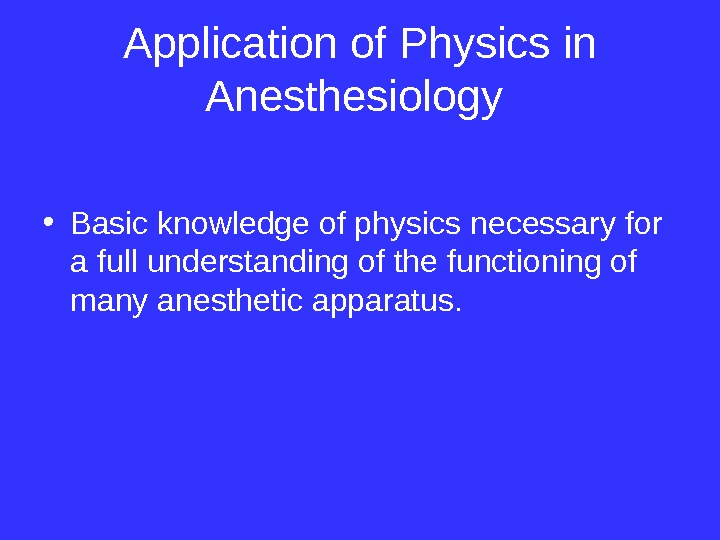
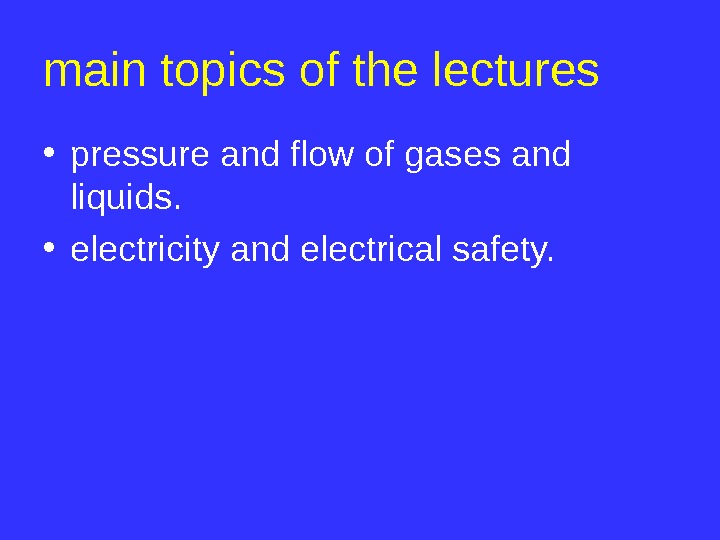
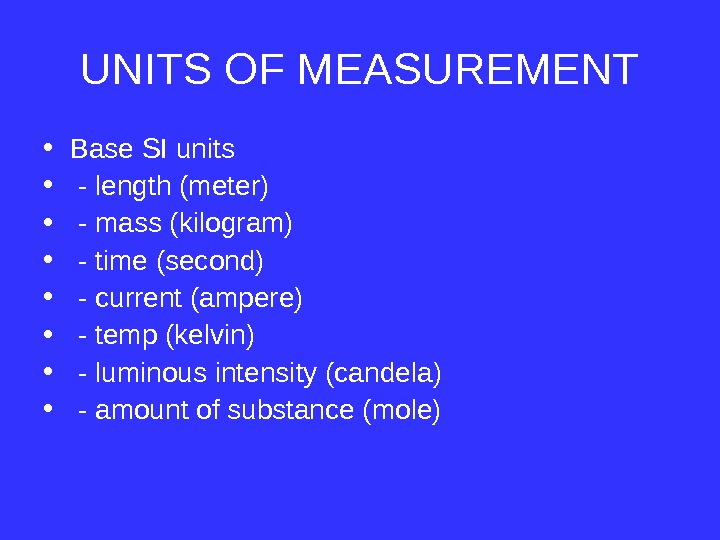
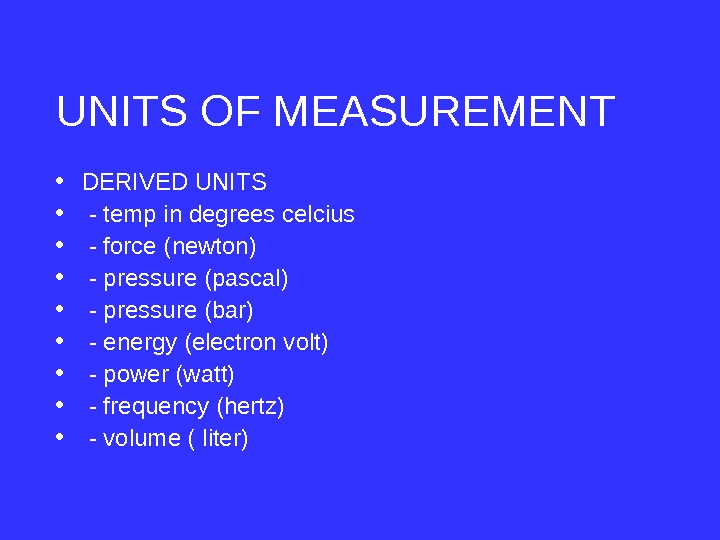
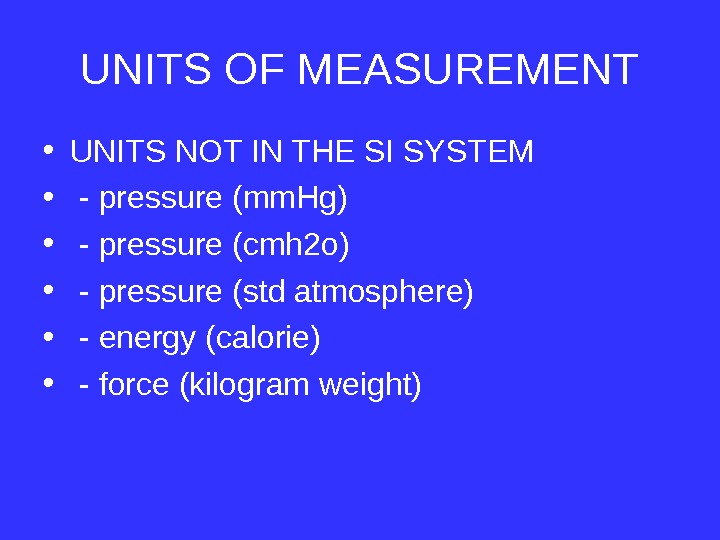
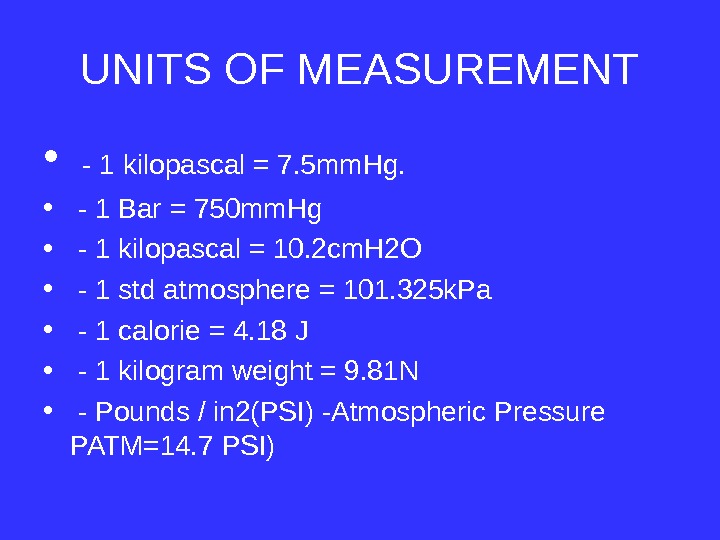
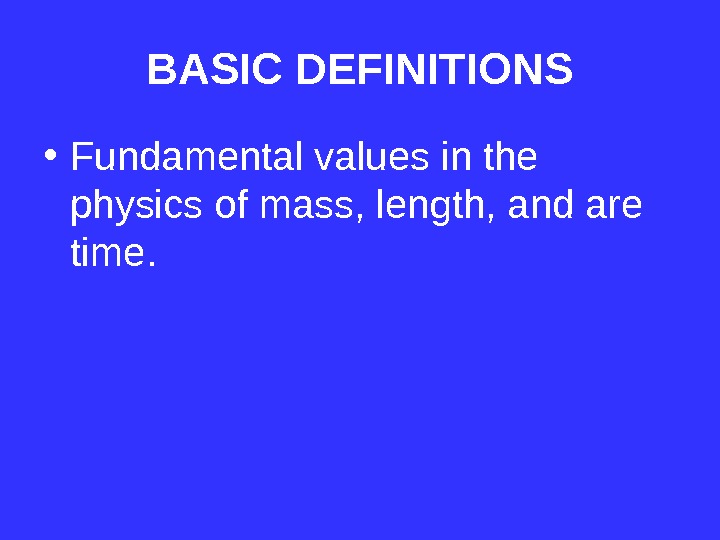
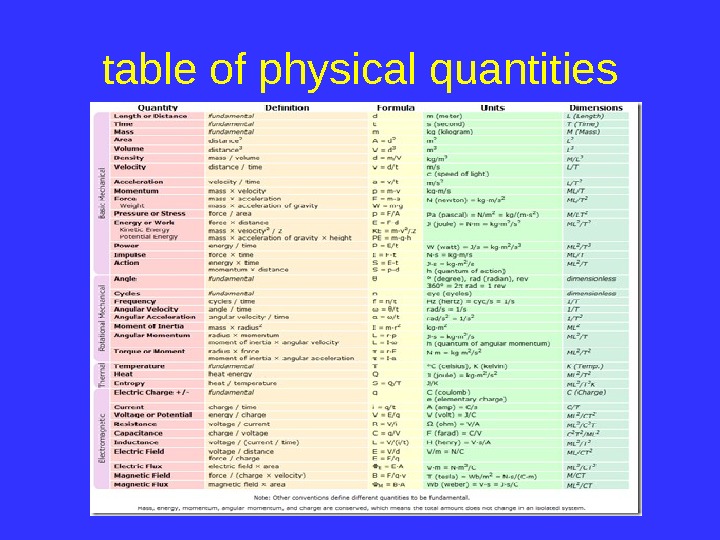
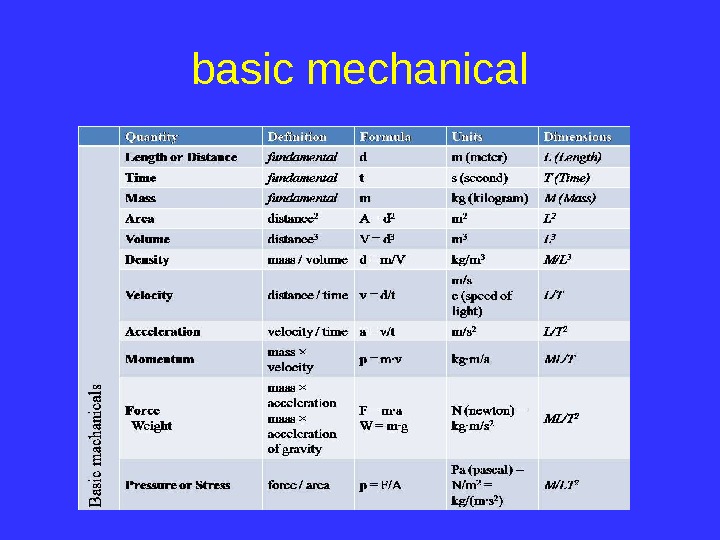
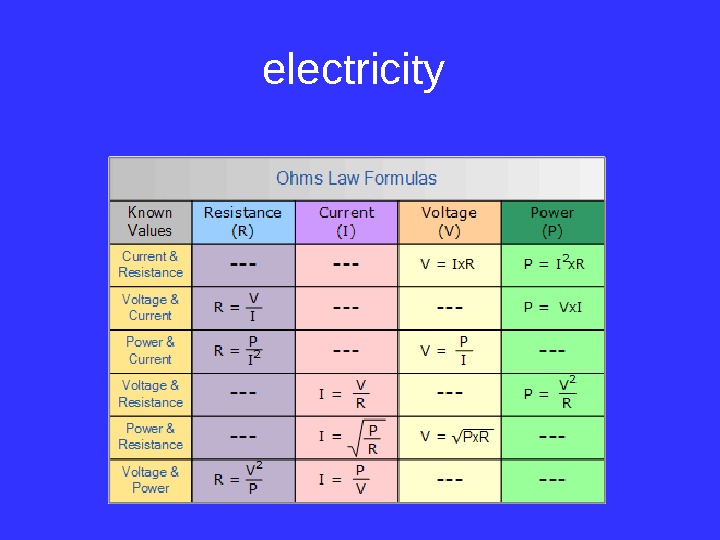
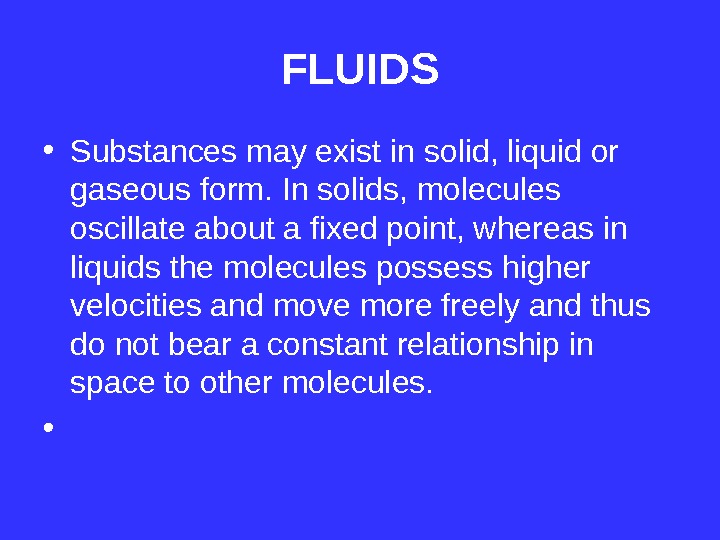
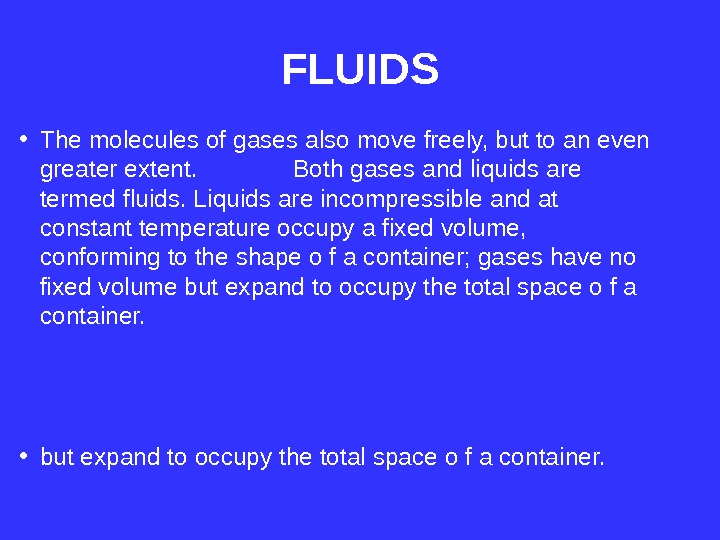

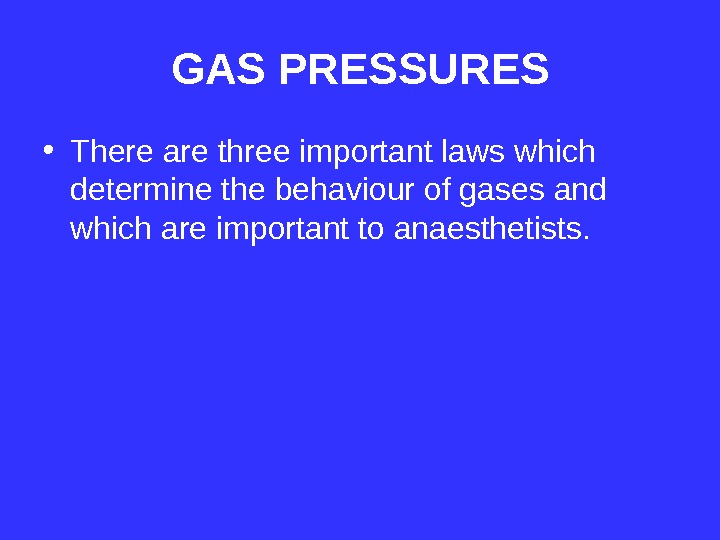
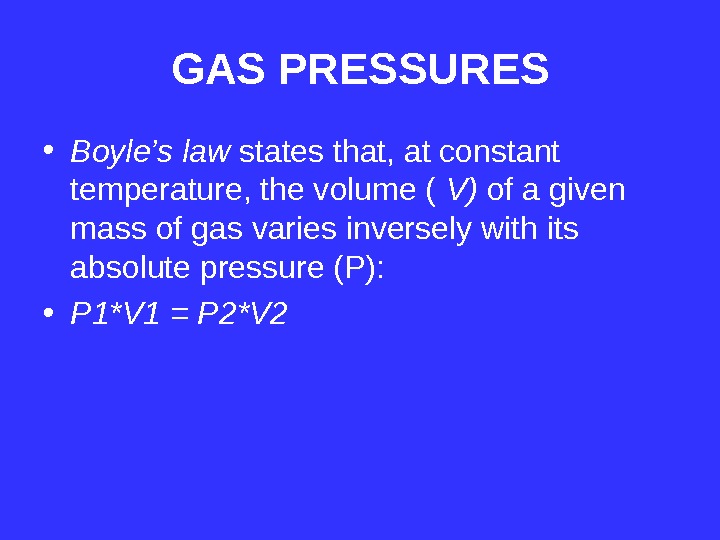
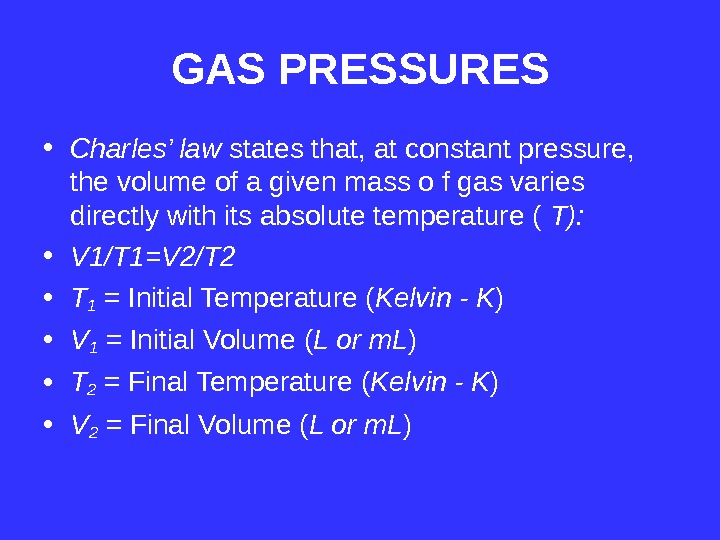
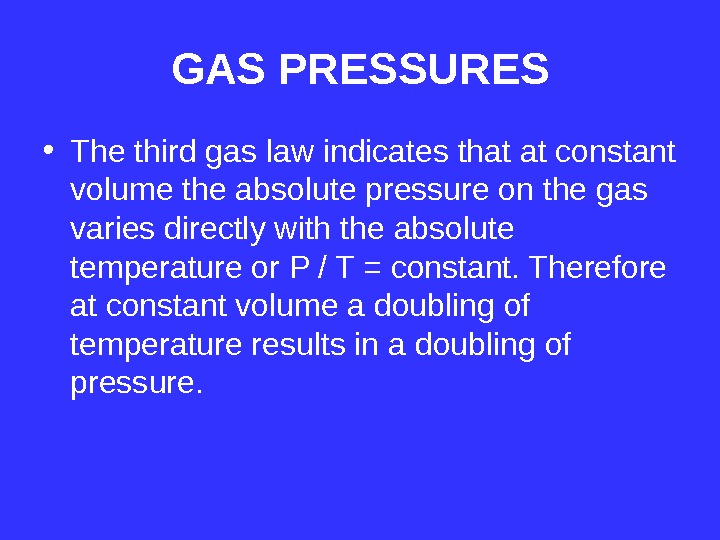
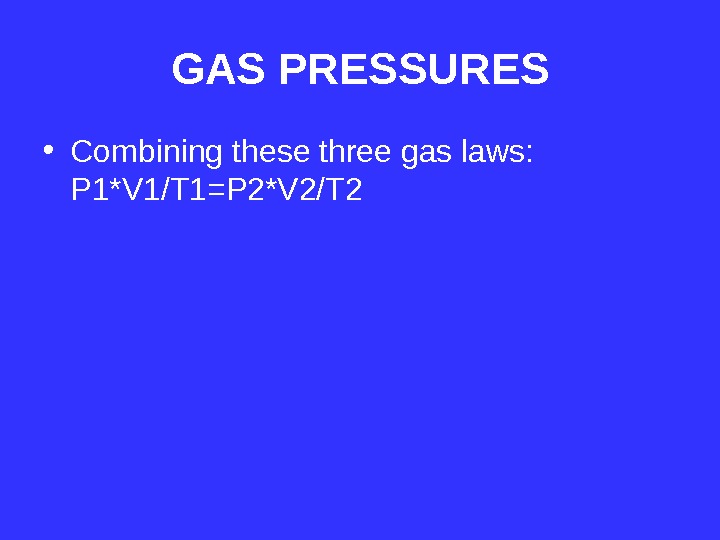
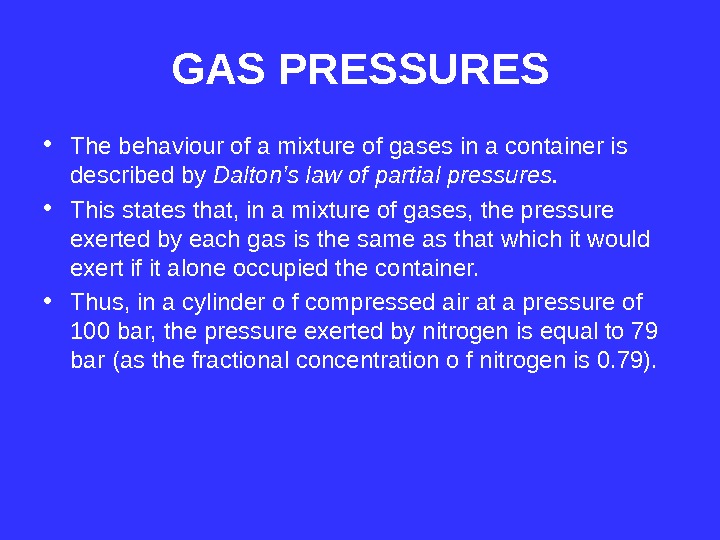
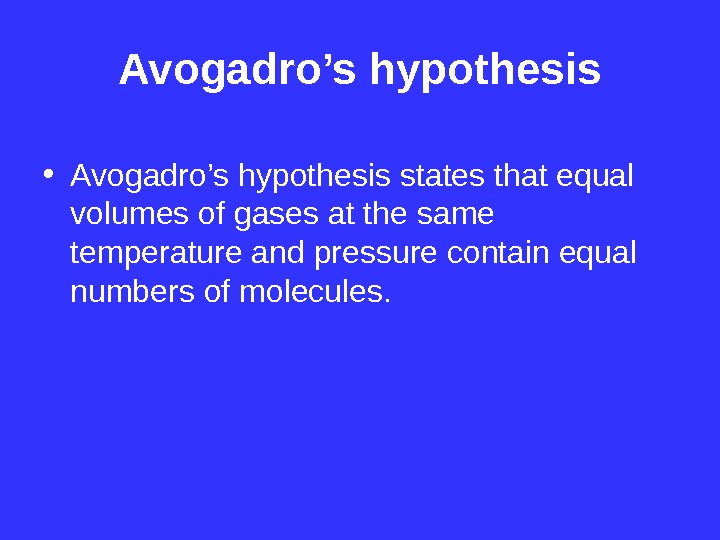

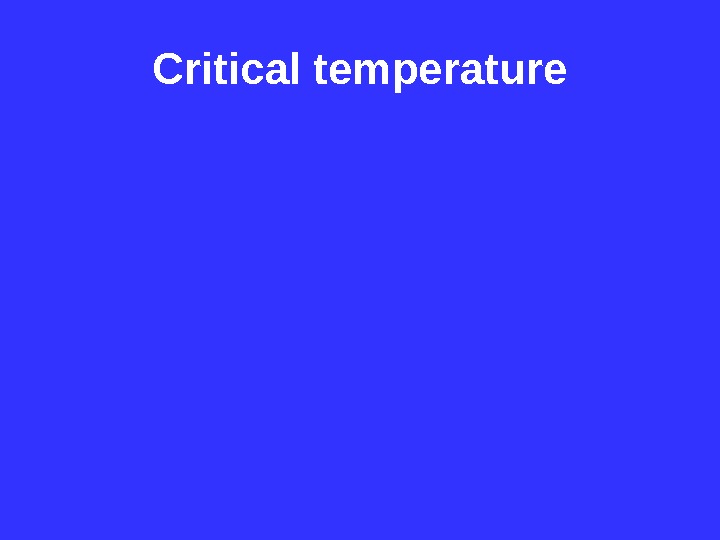
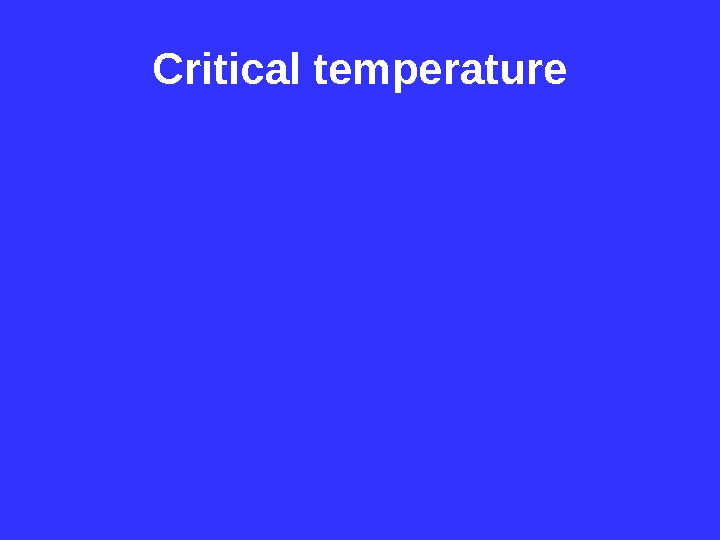
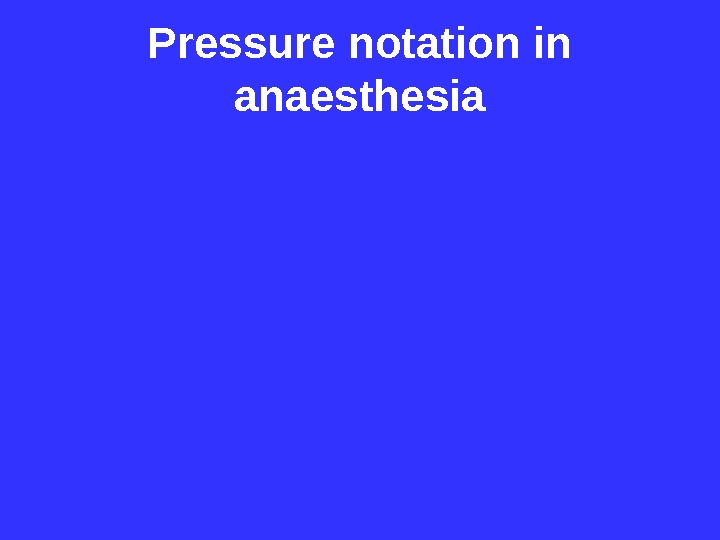
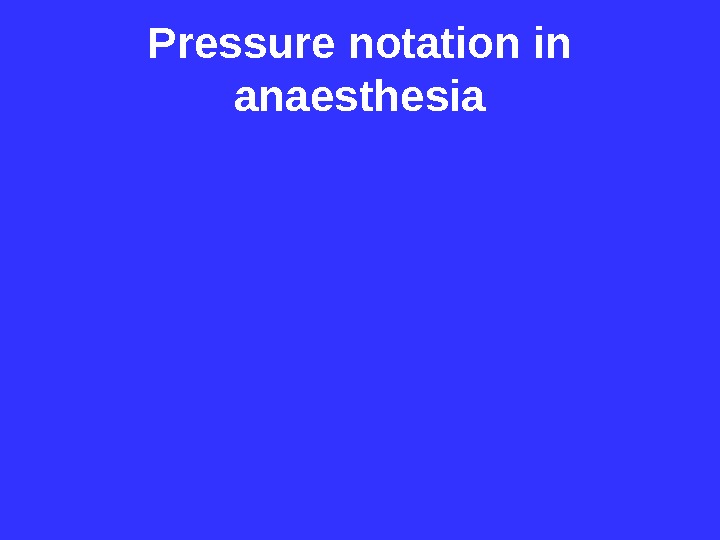

the_basics_of_physics_to_the_anesthesiologist.ppt
- Размер: 517 Кб
- Количество слайдов: 27
Описание презентации The basics of physics to the anesthesiologist. D-R по слайдам
 The basics of physics to the anesthesiologist. D-R Kazarin Peter.
The basics of physics to the anesthesiologist. D-R Kazarin Peter.
 Application of Physics in Anesthesiology • Basic knowledge of physics necessary for a full understanding of the functioning of many anesthetic apparatus.
Application of Physics in Anesthesiology • Basic knowledge of physics necessary for a full understanding of the functioning of many anesthetic apparatus.
 main topics of the lectures • pressure and flow of gases and liquids. • electricity and electrical safety.
main topics of the lectures • pressure and flow of gases and liquids. • electricity and electrical safety.
 UNITS OF MEASUREMENT • Base SI units • — length (meter) • — mass (kilogram) • — time (second) • — current (ampere) • — temp (kelvin) • — luminous intensity (candela) • — amount of substance (mole)
UNITS OF MEASUREMENT • Base SI units • — length (meter) • — mass (kilogram) • — time (second) • — current (ampere) • — temp (kelvin) • — luminous intensity (candela) • — amount of substance (mole)
 • DERIVED UNITS • — temp in degrees celcius • — force (newton) • — pressure (pascal) • — pressure (bar) • — energy (electron volt) • — power (watt) • — frequency (hertz) • — volume ( liter)UNITS OF MEASUREMENT
• DERIVED UNITS • — temp in degrees celcius • — force (newton) • — pressure (pascal) • — pressure (bar) • — energy (electron volt) • — power (watt) • — frequency (hertz) • — volume ( liter)UNITS OF MEASUREMENT
 UNITS OF MEASUREMENT • UNITS NOT IN THE SI SYSTEM • — pressure (mm. Hg) • — pressure (cmh 2 o) • — pressure (std atmosphere) • — energy (calorie) • — force (kilogram weight)
UNITS OF MEASUREMENT • UNITS NOT IN THE SI SYSTEM • — pressure (mm. Hg) • — pressure (cmh 2 o) • — pressure (std atmosphere) • — energy (calorie) • — force (kilogram weight)
 UNITS OF MEASUREMENT • — 1 kilopascal = 7. 5 mm. Hg. • — 1 Bar = 750 mm. Hg • — 1 kilopascal = 10. 2 cm. H 2 O • — 1 std atmosphere = 101. 325 k. Pa • — 1 calorie = 4. 18 J • — 1 kilogram weight = 9. 81 N • — Pounds / in 2(PSI) -Atmospheric Pressure PATM=14. 7 PSI)
UNITS OF MEASUREMENT • — 1 kilopascal = 7. 5 mm. Hg. • — 1 Bar = 750 mm. Hg • — 1 kilopascal = 10. 2 cm. H 2 O • — 1 std atmosphere = 101. 325 k. Pa • — 1 calorie = 4. 18 J • — 1 kilogram weight = 9. 81 N • — Pounds / in 2(PSI) -Atmospheric Pressure PATM=14. 7 PSI)
 BASIC DEFINITIONS • Fundamental values in the physics of mass, length, and are time.
BASIC DEFINITIONS • Fundamental values in the physics of mass, length, and are time.
 table of physical quantities
table of physical quantities
 basic mechanical
basic mechanical
 electricity
electricity
 FLUIDS • Substances may exist in solid, liquid or gaseous form. In solids, molecules oscillate about a fixed point, whereas in liquids the molecules possess higher velocities and move more freely and thus do not bear a constant relationship in space to other molecules. •
FLUIDS • Substances may exist in solid, liquid or gaseous form. In solids, molecules oscillate about a fixed point, whereas in liquids the molecules possess higher velocities and move more freely and thus do not bear a constant relationship in space to other molecules. •
 FLUIDS • The molecules of gases also move freely, but to an even greater extent. Both gases and liquids are termed fluids. Liquids are incompressible and at constant temperature occupy a fixed volume, conforming to the shape o f a container; gases have no fixed volume but expand to occupy the total space o f a container. • but expand to occupy the total space o f a container.
FLUIDS • The molecules of gases also move freely, but to an even greater extent. Both gases and liquids are termed fluids. Liquids are incompressible and at constant temperature occupy a fixed volume, conforming to the shape o f a container; gases have no fixed volume but expand to occupy the total space o f a container. • but expand to occupy the total space o f a container.
 FLUIDS
FLUIDS
 GAS PRESSURES • There are three important laws which determine the behaviour of gases and which are important to anaesthetists.
GAS PRESSURES • There are three important laws which determine the behaviour of gases and which are important to anaesthetists.
 GAS PRESSURES • Boyle’s law states that, at constant temperature, the volume ( V) of a given mass of gas varies inversely with its absolute pressure (P): • P 1*V 1 = P 2*V
GAS PRESSURES • Boyle’s law states that, at constant temperature, the volume ( V) of a given mass of gas varies inversely with its absolute pressure (P): • P 1*V 1 = P 2*V
 GAS PRESSURES • Charles’ law states that, at constant pressure, the volume of a given mass o f gas varies directly with its absolute temperature ( T): • V 1/T 1=V 2/T 2 • T 1 = Initial Temperature ( Kelvin — K ) • V 1 = Initial Volume ( L or m. L ) • T 2 = Final Temperature ( Kelvin — K ) • V 2 = Final Volume ( L or m. L )
GAS PRESSURES • Charles’ law states that, at constant pressure, the volume of a given mass o f gas varies directly with its absolute temperature ( T): • V 1/T 1=V 2/T 2 • T 1 = Initial Temperature ( Kelvin — K ) • V 1 = Initial Volume ( L or m. L ) • T 2 = Final Temperature ( Kelvin — K ) • V 2 = Final Volume ( L or m. L )
 GAS PRESSURES • The third gas law indicates that at constant volume the absolute pressure on the gas varies directly with the absolute temperature or P / T = constant. Therefore at constant volume a doubling of temperature results in a doubling of pressure.
GAS PRESSURES • The third gas law indicates that at constant volume the absolute pressure on the gas varies directly with the absolute temperature or P / T = constant. Therefore at constant volume a doubling of temperature results in a doubling of pressure.
 GAS PRESSURES • Combining these three gas laws: P 1*V 1/T 1=P 2*V 2/T
GAS PRESSURES • Combining these three gas laws: P 1*V 1/T 1=P 2*V 2/T
 GAS PRESSURES • The behaviour of a mixture of gases in a container is described by Dalton’s law of partial pressures. • This states that, in a mixture of gases, the pressure exerted by each gas is the same as that which it would exert if it alone occupied the container. • Thus, in a cylinder o f compressed air at a pressure of 100 bar, the pressure exerted by nitrogen is equal to 79 bar (as the fractional concentration o f nitrogen is 0. 79).
GAS PRESSURES • The behaviour of a mixture of gases in a container is described by Dalton’s law of partial pressures. • This states that, in a mixture of gases, the pressure exerted by each gas is the same as that which it would exert if it alone occupied the container. • Thus, in a cylinder o f compressed air at a pressure of 100 bar, the pressure exerted by nitrogen is equal to 79 bar (as the fractional concentration o f nitrogen is 0. 79).
 Avogadro’s hypothesis • Avogadro’s hypothesis states that equal volumes of gases at the same temperature and pressure contain equal numbers of molecules.
Avogadro’s hypothesis • Avogadro’s hypothesis states that equal volumes of gases at the same temperature and pressure contain equal numbers of molecules.
 Avogadro’s hypothesis
Avogadro’s hypothesis
 Critical temperature
Critical temperature
 Critical temperature
Critical temperature
 Pressure notation in anaesthesia
Pressure notation in anaesthesia
 Pressure notation in anaesthesia
Pressure notation in anaesthesia

